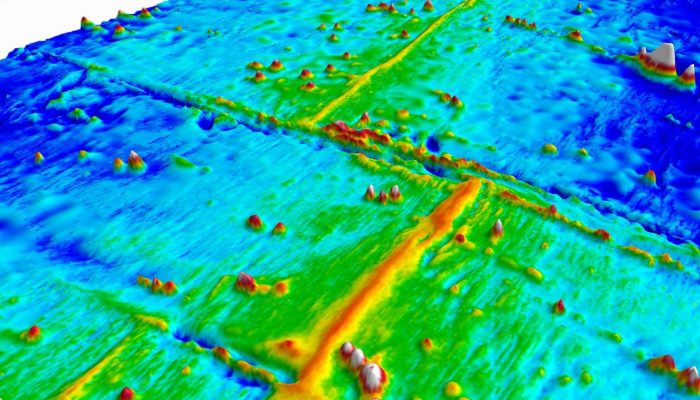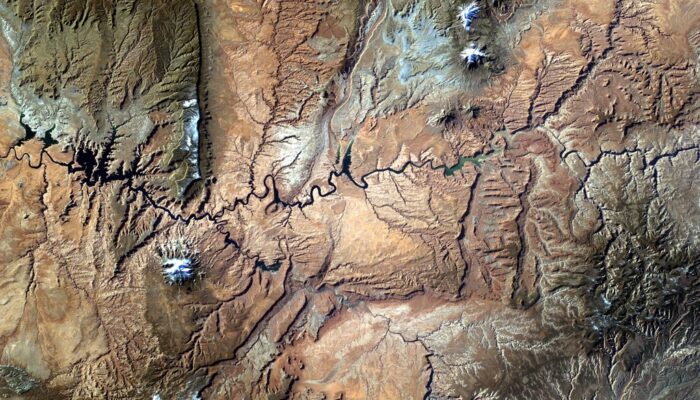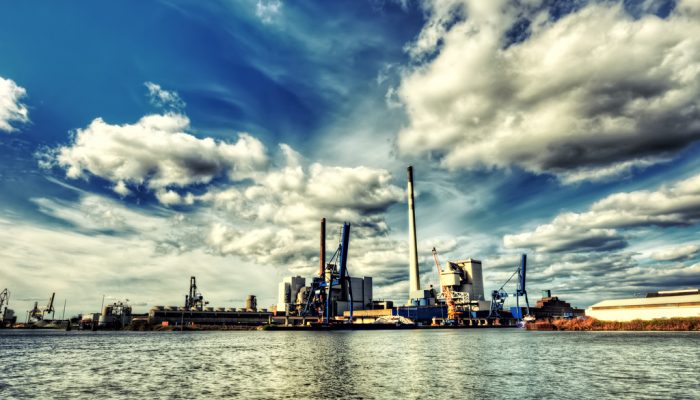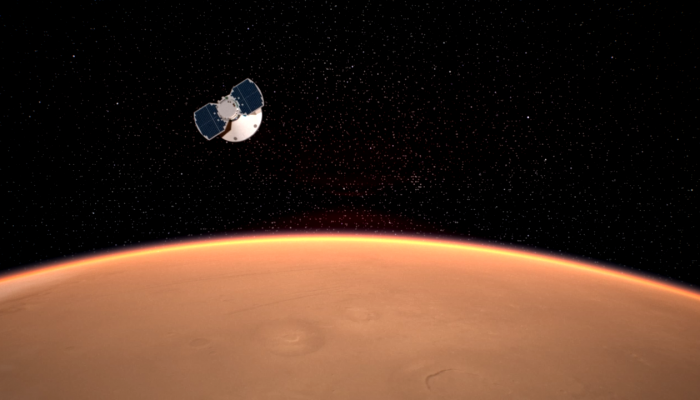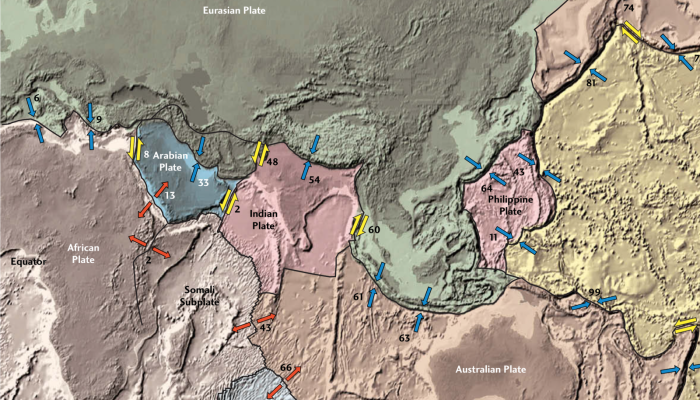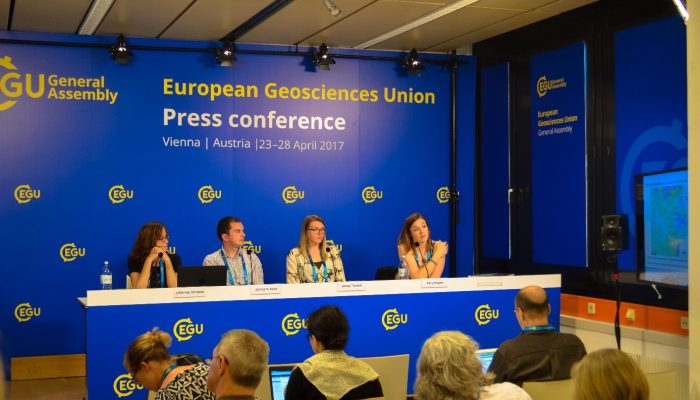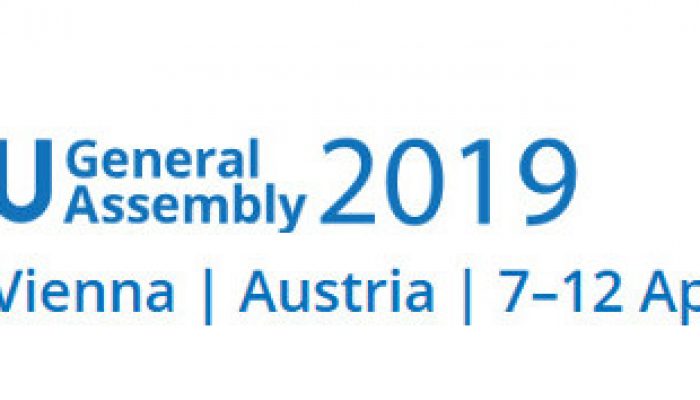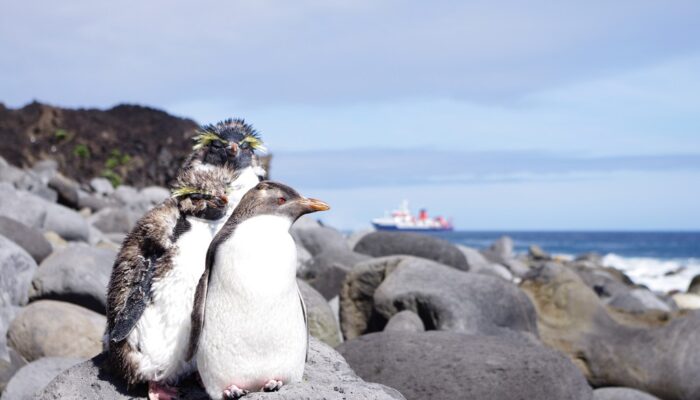In this edition of Minds over Methods, Aurore Sibrant, postdoc at Bretagne Occidentale University (France) explains how she studies the shape of oceanic ridges, and which parameters are thought to control this shape. By using laboratory experiments combined with observations from nature, she gives new insights into how spreading rates and lithosphere thickness influence the development of oceanic ...[Read More]
GeoLog
Imaggeo on Mondays: Watching the world from space with EarthKAM
This photo was taken from the International Space Station (ISS), approx. 400 km above the Earth, in the NASA-led educational project Sally Ride EarthKAM (www.earthkam.org), Mission 58, April 2017. The image was requested by a team of 10th and 11th grade students from the National College of Computer Science, Piatra-Neamț, Romania, coordinated by me. The lenses used on the digital camera mounted on ...[Read More]
Cryospheric Sciences
Image of the Week – Breaking the ice: river ice as a marker of climate change
Common images associated with climate change include sad baby polar bears, a small Arctic sea ice extent, retreating glaciers, and increasing severe weather. Though slightly less well-known, river ice is a hydrological system which is directly influenced by air temperature and the amount and type of precipitation, both of which are changing under a warming climate. Ice impacts approximately 60 % o ...[Read More]
Geodynamics
An industrial placement as a geodynamicist
After years of trying to get a PhD, publishing papers, networking with professors, and trying to land that one, elusive, permanent job in science, it can be quite easy to forget that you actually do have career options outside of academia. To get a little taste of this, Nico Schliffke, PhD student in geodynamics at Durham University, tries out the industry life for a few weeks! When coming close t ...[Read More]
GeoLog
NASA’s InSight mission: detecting ‘earthquakes*’ on the surface of Mars
In three days’ time, NASA’s InSight Lander is expected to plunge through Mars’ atmosphere before parachuting down to a controlled landing on the flat plains of the Elysium Planitia. Once the dust has settled, a solar powered robotic arm will painstakingly unload the precious instruments stored onboard onto the planet’s surface, carefully guided by scientists back on Earth. These instruments are de ...[Read More]
GeoLog
Mentoring programme at EGU 2019
With more than 15,000 participants, 4,700 oral presentations, 11,000 posters and 1,400 PICO presentations, all under one roof, the EGU General Assembly can be an overwhelming experience. There is a network of corridors to navigate, as well as a wide range of workshops, splinter and townhall meetings to choose from. With that in mind, we’ve put in place some initiatives to make the experience of th ...[Read More]
Tectonics and Structural Geology
Meeting Plate Tectonics – Peter Molnar
These blogposts present interviews with outstanding scientists that bloomed and shape the theory that revolutionised Earth Sciences — Plate Tectonics. Get to know them, learn from their experience, discover the pieces of advice they share and find out where the newest challenges lie! Meeting Peter Molnar Active in different research areas of the Earth Sciences, Prof. Peter Molnar has been Professo ...[Read More]
GeoLog
Job opportunity at the EGU General Assembly: press assistant
We have two vacancies for science-communication or science-journalism students in Europe to work at the press centre of the 2019 General Assembly, which is taking place in Vienna, Austria, from 7–12 April. Applications from geoscience students with experience in science communication are also very welcome. This is a paid opportunity for budding science communicators to gain experience in the worki ...[Read More]
Natural Hazards
Time for submissions: sessions proposed by NhET at the next EGU conference!
The new year is approaching, and at the beginning of 2019, there is also the deadline for the submission of abstracts for the next EGU conference in Wien, from the 7th to the 12th of April 2019. The Natural hazards Early career scientist Team has proposed many sessions and short courses. Below you can find a list of them. We also remind that there is the opportunity for financial support to ...[Read More]
GeoLog
Imaggeo on Mondays: On the way to Tristan’s penguins
Tristan da Cunha is a remote volcanic island in the south Atlantic Ocean. In fact, it is the most remote inhabited archipelago in the world. Tristan is still volcanically active; the last time it erupted was in 1961. After the eruption, which luckily did not have any casualties, the whole population of around 260 people evacuated the island for some time, but they all returned back to the island b ...[Read More]

